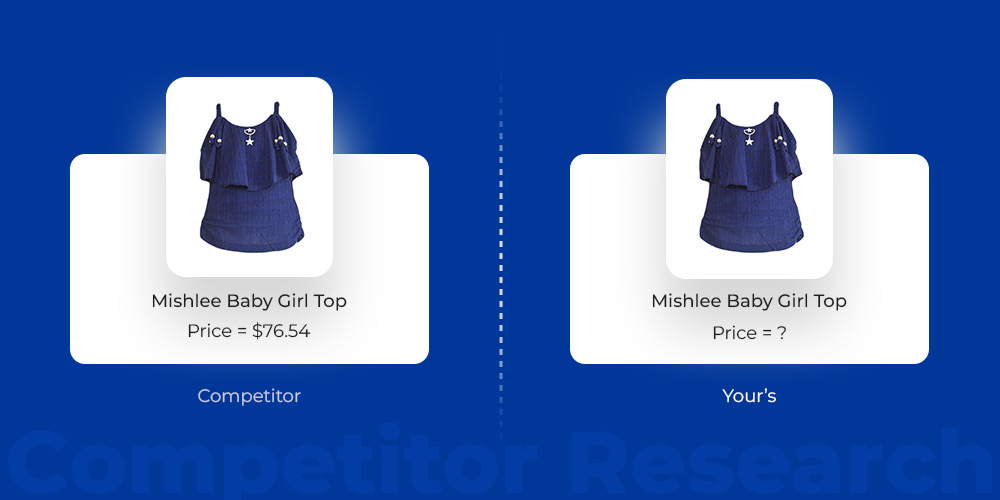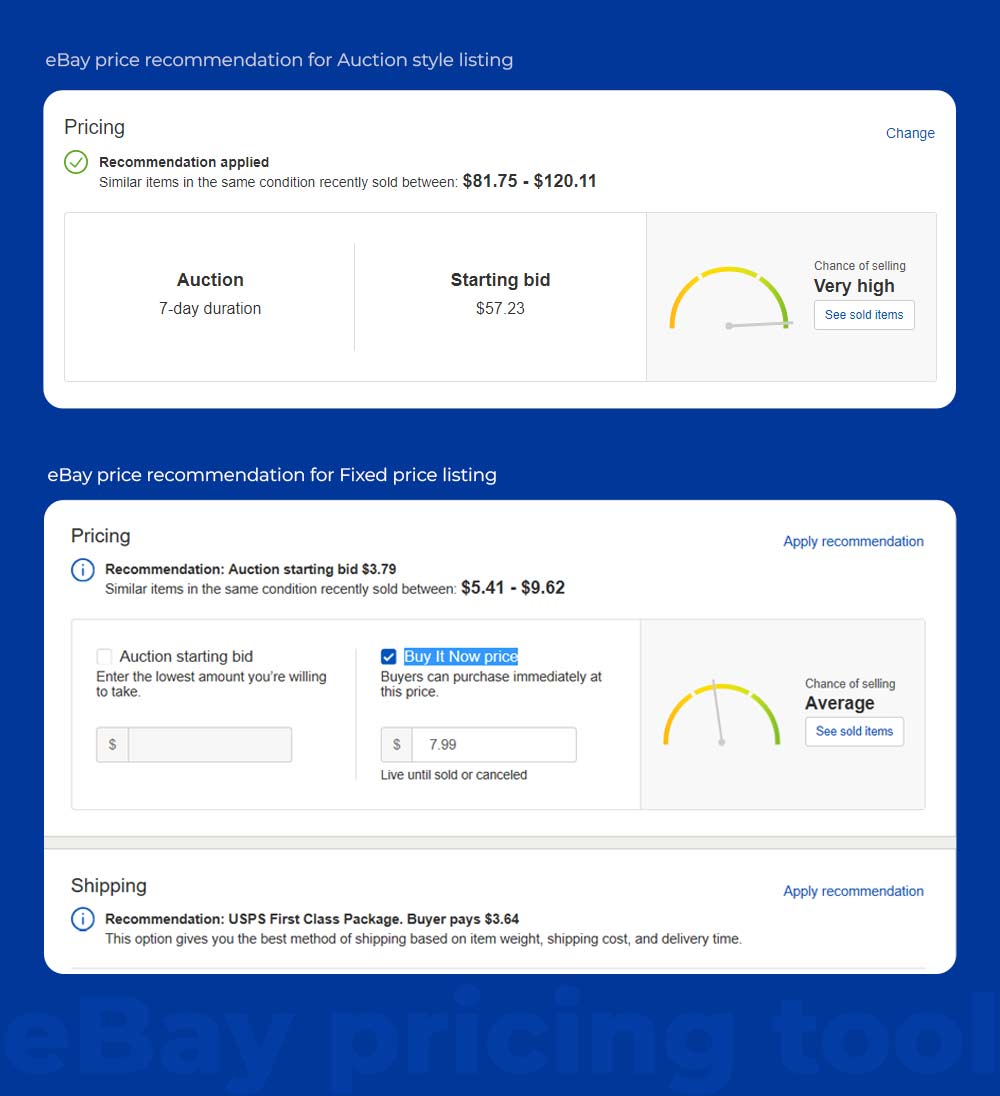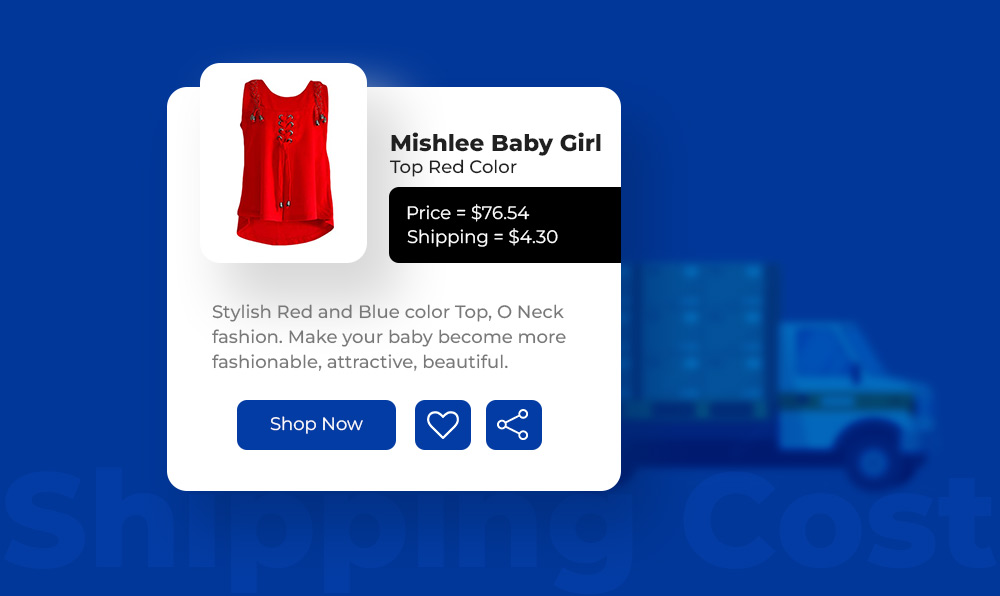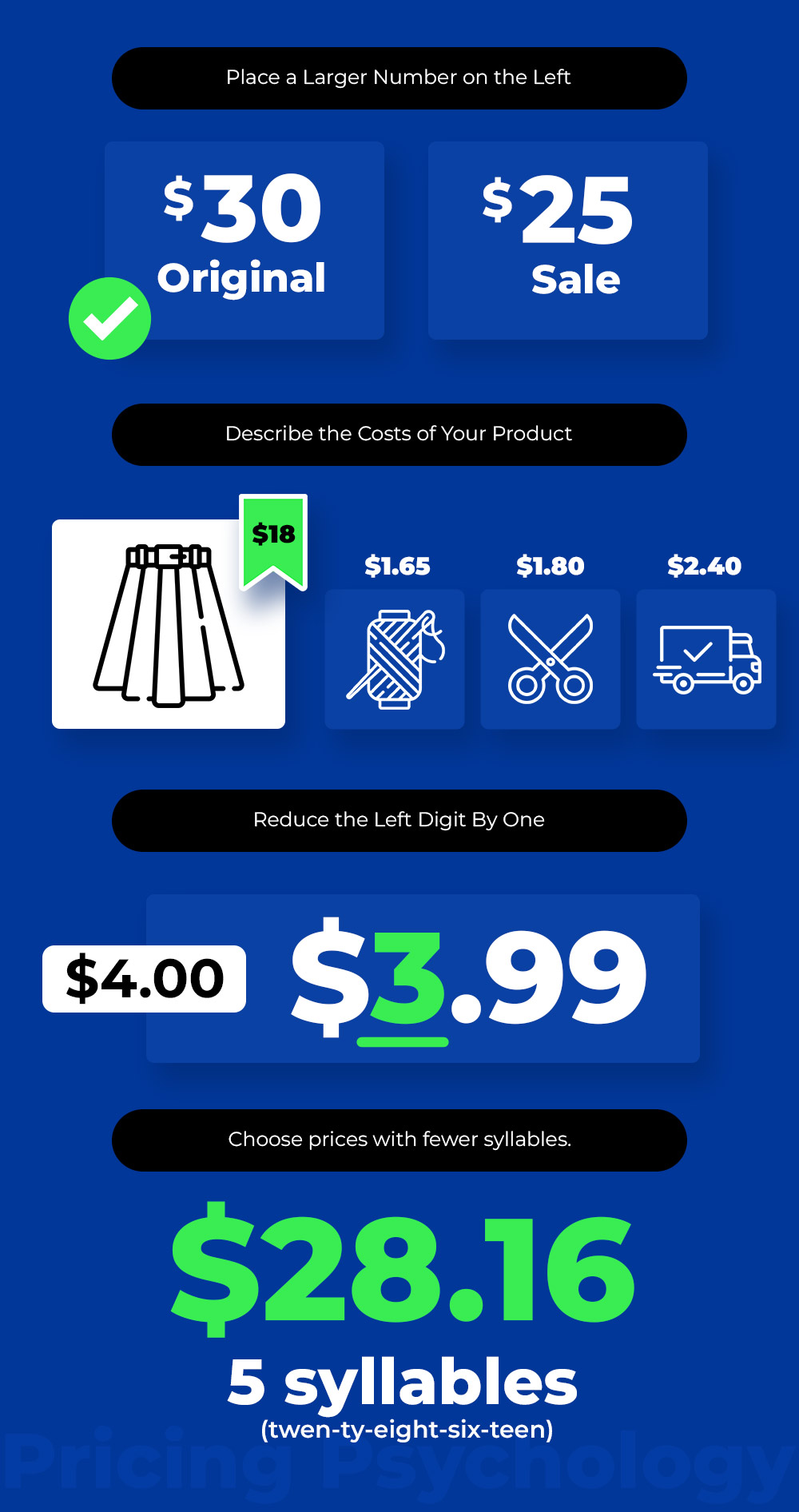

Your guide to setting up perfect prices for products when selling on eBay

Running short of time? Get PDF of the blog in your mail.
|
Play Now

|
A seller’s pricing decisions can tremendously impact their business when they’re new on eBay. You should consider everything from your shipping costs to bulk discounts encouraging bidders to buy your product at an advantageous price for you.
Not practicing the proper eBay pricing strategies can affect you adversely, while it can make a lot of money when planned correctly. Throughout this guide, we’ll look at eBay’s pricing strategy to help you understand how to set eBay selling prices to attract the right buyers for your listings.
eBay Pricing Strategies to work on
There is more to pricing strategies than just prices. When determining pricing strategy, businesses should strictly consider customer and brand loyalty.
You can charge what you want for your products depending on various factors – promotions, shipping rates, product quality, and customer service. While this is true, finding the appropriate price point for any product’s pricing strategy must still be considered. To do this successfully, it is important to understand eBay’s price trends and how your competitors price their products on eBay.
#1. Competitor research
You need a product pricing strategy when you start selling in a competitive market like eBay. The best and easiest way to get an idea of what people are willing to pay for your listing items is to look at your competitors.
If you are selling a unique product, it might be a great idea to test its worth by putting a higher price on it. Keeping an eye on the listings updates by the competitor is another great way to track a change in pricing. It is one of the best eBay pricing strategies to adjust your item prices based on the competitors listing. It’ll help you set prices at a competitive level.
#2. Using the eBay pricing tool
eBay offers its sellers a feature that lets them get a recommended price bracket that they can use for setting the eBay pricing of their items, making it quite a handy tool for sellers. You can use it for several reasons, like finding the magic number for pricing and checking your set prices and chances of selling the product.
Start by determining a suggested eBay price for products that is competitive with other items in your market. You can also let eBay figure out and suggest the right eBay selling price for your item. The recommendation shared by eBay is purely based on their historical sales data.
For instance, when listing a new iPhone 13, eBay suggests pricing your item somewhere between $699 and $999. You can set pricing that suits you best.
#3. Including Shipping Cost
eBay favors sellers who offer free shipping. According to a study by NRF, Baby boomers (born 1946-1964) demand free shipping the most. The same goes for 77 percent of Generation X (1965-1980) and 61 percent of millennials (1981-1994). Meanwhile, 76 percent of Generation Z (1995 and later) expect free shipping to be a part of their orders.
Besides that, eBay lets its buyers filter their search results to view items that come with free shipping. In addition to the above-stated benefits, you can get a 5-star seller rating for offering free shipping and shipping the item with same-day handling. So, include the shipping costs in your eBay selling price and enable free shipping, i.e., an item that costs $76.35 can be listed for $79.95 after adding a $3.65 shipping cost to the price.
Having referenced the NRF report, it’s evident that free shipping generates more sales, even if the overall price is the same as if shipping and the item were separately charged.
#4. Avoid Undercutting
In a competitive market like eBay, sellers often resort to pricing strategies that can be one of the riskiest in the longer run for sellers. Undercutting is one such strategy. Undercutting, as the name suggests, is a strategy where sellers price their items slightly lower (undercuts) than their competitors.
Why is it one of the riskiest moves? It’s because when sellers undercut another eBay seller’s price on an item, they send a statement – “my item is not as good as theirs – hence, the low price.”
If you’re going to lower your prices through undercutting, ensure that you’re keeping your prices competitive without compromising on product quality.
#5. Use Multichannel Selling Tool to Manage Prices
Using a multichannel selling tool that can integrate and help you manage your products across platforms like Shopify and eBay is one of the best things you can do. A multichannel selling tool like Integration for eBay makes it possible to list and sync products from your Shopify store to the eBay marketplace.
Implementing a price change for Shopify products often becomes necessary on marketplaces like eBay. Manually updating the prices for all the products can take long hours.
As a seller, you can switch and change the prices for your products when listing them on eBay using the App, among many other benefits like – Inventory management, Order management, and management of product feed flow from Shopify to eBay.
It saves time and lets you dedicate more time to strategies and marketing activities.
#6. Using Pricing Psychology
Knowing how pricing psychology affects our purchasing decisions is important in creating a successful eBay pricing strategy.
Generally, we’re hardwired to see a price and think “high,” “low,” or “okay.” And since this is a shortcut in our decision-making process, it’s easy enough to trick us into feeling that the price is better in some way than it is.
As any seasoned eBay seller knows, many different strategies can be effective when pricing products on eBay.
a. Place a Larger Number on the Left
It causes an effect popularly known as the subtraction principle. When you place a higher price on the left and a lower price on the right, buyers can easily subtract the difference, letting them realize the savings.
b. Describe the cost of your product
We prefer prices influenced by material and labor costs. Often buyers have no idea about the prices of a product. Making cost and quality information transparent help. For example, a wallet for $75 can be bifurcated in the description – Leather – $14.60 Construction – $38.52 Duties – $4.96.
c. Reduce the left digit by 1
Our brain encodes price when we read the numerals. Once cent difference between $5 and $4.99 can feel like one dollar making it appear way less than the significant $5. It happens because our brain encodes $4.99 as $4 while $5 as 5, calculating the difference as $1 instead of $0.01.
d. Choose prices with fewer syllables.
Prices look cheaper, with fewer syllables in them. According to research, prices with smaller phonetics sizes tend to sound cheaper. You don’t need to say the prices out loud; the brain decodes the phonetic version automatically.
Conclusion
Finding out how to price an item on eBay is one of the biggest challenges new sellers face. Pricing the item too low means no sales; pricing the item too high means no profit.
The pricing strategy for eBay is pretty simple. Use a blend of competitor price analysis and eBay’s pricing tool while keeping in mind the psychological aspects of setting up a price. Also, consider offering free shipping to buyers as everyone loves it (you can include the shipping prices in the eBay selling price).
Last but not least, you don’t want to price your items at a very low price as it will result in a war between the competitors who can sell an item for the lowest (it’ll add to your losses!).




